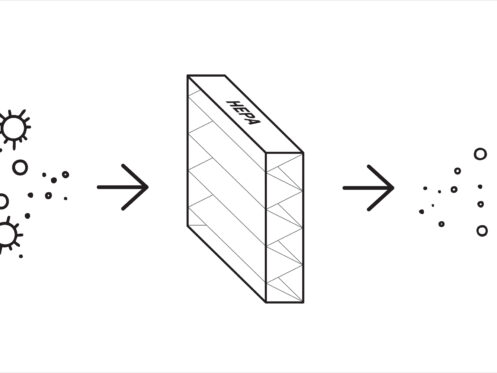Understanding Indoor Air Pollutants: A Comprehensive Guide
As we increasingly spend more time indoors, the importance of maintaining high indoor air quality has never been more paramount. Surprisingly, the air inside our homes, offices, and other buildings can sometimes be more polluted than outdoor air. Indoor air pollutants, a diverse group of contaminants, can cause a range of health effects, from simple irritation to severe ailments like asthma or even lung cancer. This blog post will dive into the most common types of indoor air pollutants and ways to mitigate their impact.
Particle Pollutants
Particle pollutants are tiny solid or liquid substances suspended in the air. They come in many shapes and sizes and from a variety of sources.
Dust and Dust Mites: Often unnoticed, dust and the microscopic dust mites that inhabit it, are common inhabitants of our homes. Although dust mites themselves are harmless, their droppings can trigger allergic reactions in many individuals.
Pollen: Brought indoors by people, pets, and through open windows, pollen is another common particle pollutant. Known for triggering seasonal allergies, pollen concentrations can sometimes be higher indoors than outdoors.
Mold Spores: Excess moisture in your home can lead to the growth of mold, releasing spores into the air. These spores, if inhaled, can cause various health issues, including allergic reactions and respiratory problems.
Tobacco Smoke: Comprising thousands of individual chemical components, secondhand tobacco smoke is one of the most dangerous indoor pollutants. It’s a known cause of lung cancer and heart disease.
Gaseous Pollutants
Unlike particle pollutants, gaseous pollutants are not visible but can be equally or even more harmful.
Radon: A radioactive gas released from the natural decay of uranium in soil and rock. Radon can enter homes through cracks in the foundation, posing a significant health risk as it’s the second leading cause of lung cancer after smoking.
Carbon Monoxide (CO): This colorless, odorless, and tasteless gas is deadly at high concentrations. It’s produced from incomplete combustion of fuels and can accumulate in poorly ventilated areas.
Volatile Organic Compounds (VOCs) and Formaldehyde: VOCs are a broad group of chemicals that evaporate at room temperature. Many everyday household items, from paints to cleaning products, emit VOCs. Formaldehyde, a specific type of VOC, is found in various building materials and can also be emitted by some electronics.
Biological Contaminants
Bacteria and Viruses: Often increase in concentration when someone in the home is ill. They can spread through the air and onto surfaces, leading to the transmission of various diseases.
Pet Dander: Pets can be another source of indoor air pollutants. They shed tiny flecks of skin, known as pet dander, which can cause allergic reactions in some individuals.
Pests: Parts or droppings of pests like cockroaches or rodents can become airborne and act as allergens, causing a variety of health problems.
Ensuring Good Indoor Air Quality
Although the list of indoor air pollutants may seem intimidating, there are numerous strategies to mitigate their impact and improve your indoor air quality. These include maintaining proper ventilation, regular cleaning, controlling humidity, and using air purifiers. The key is to understand the sources of pollutants and take necessary steps to reduce their presence in your indoor environment.
In conclusion, while we often give much attention to outdoor air pollution, it’s high time we started focusing on the air we breathe indoors too. Stay aware, stay informed, and breathe easy.








